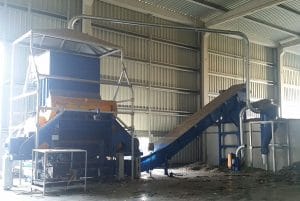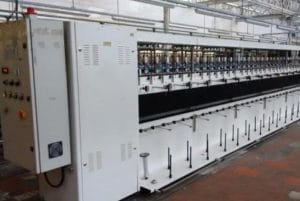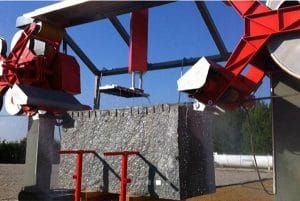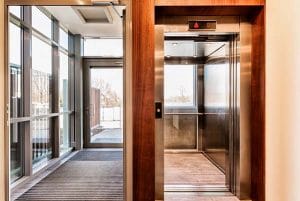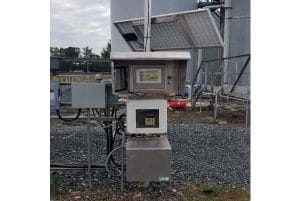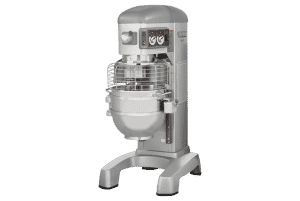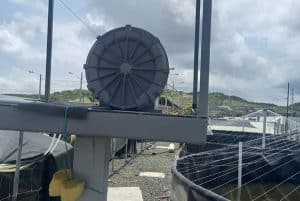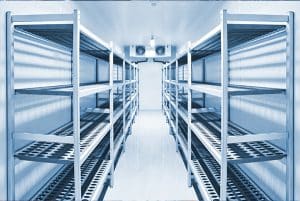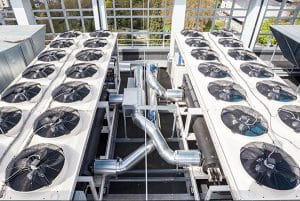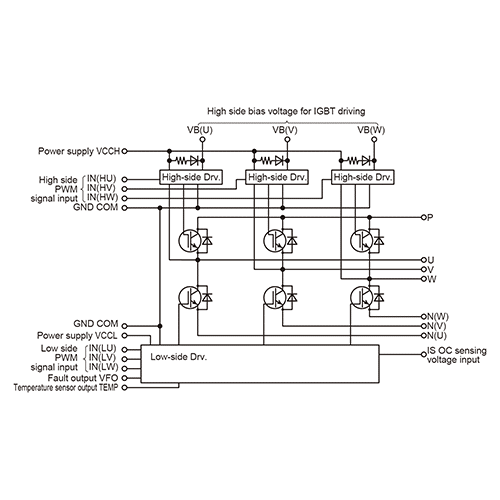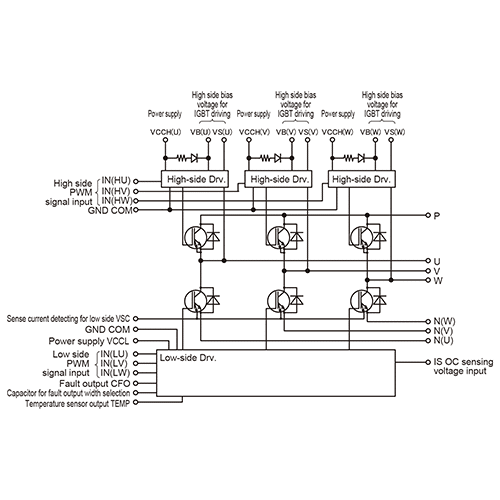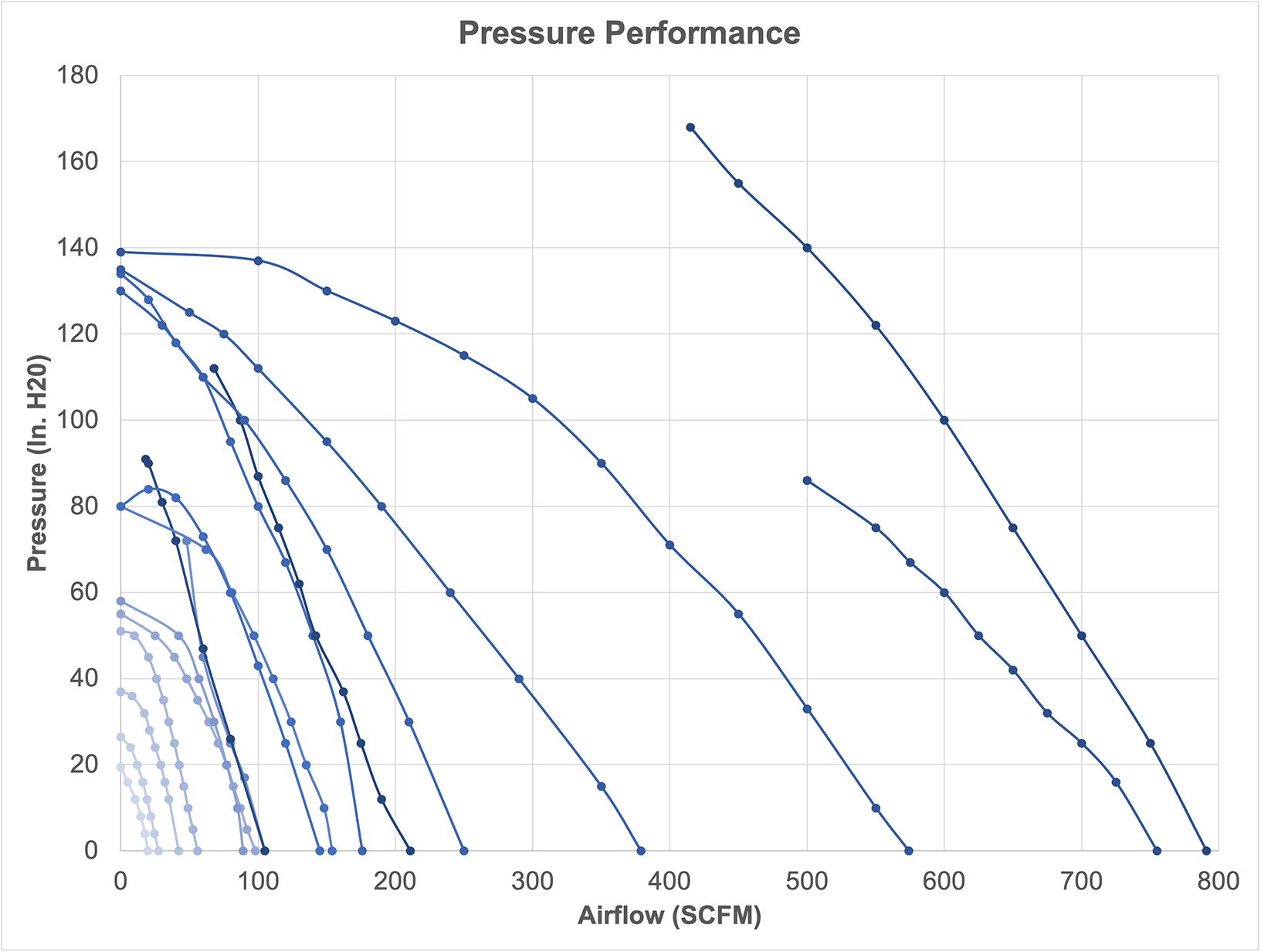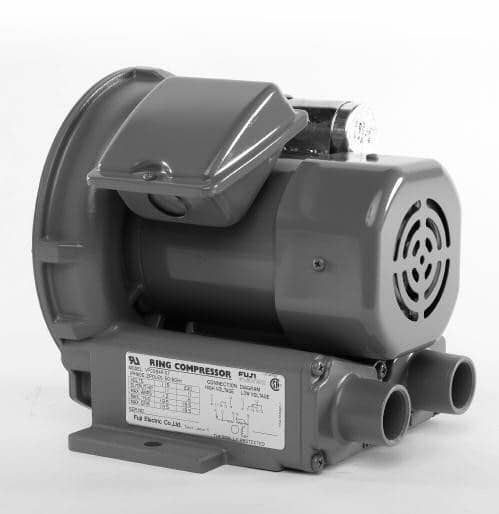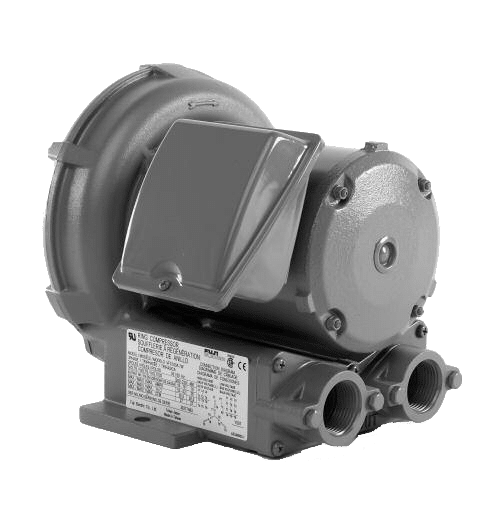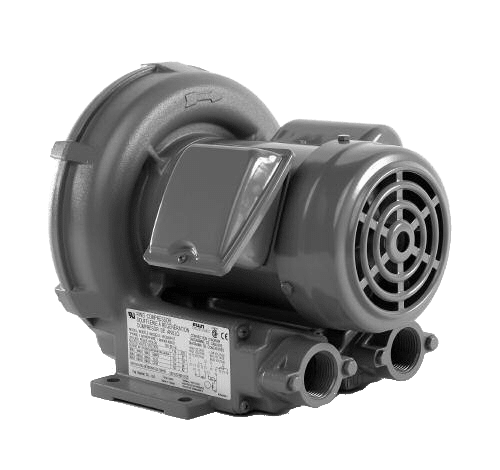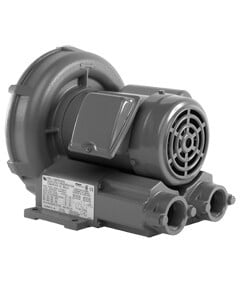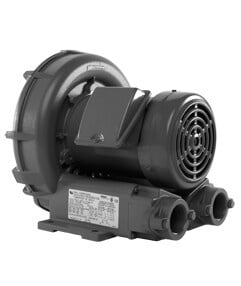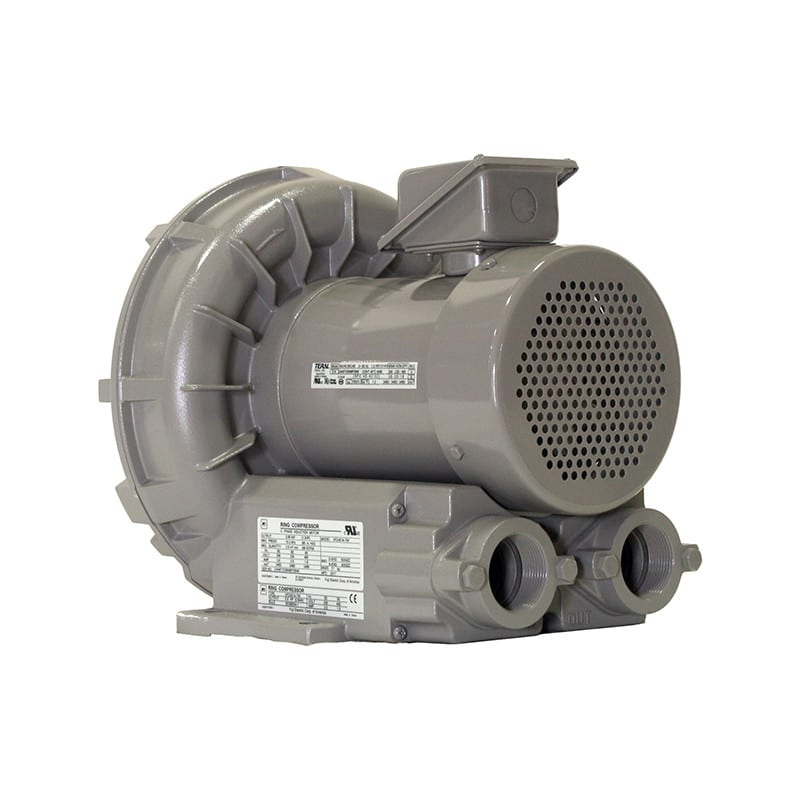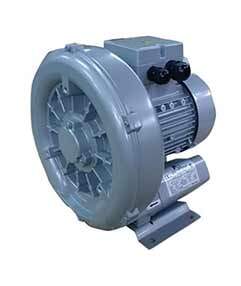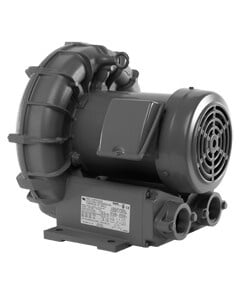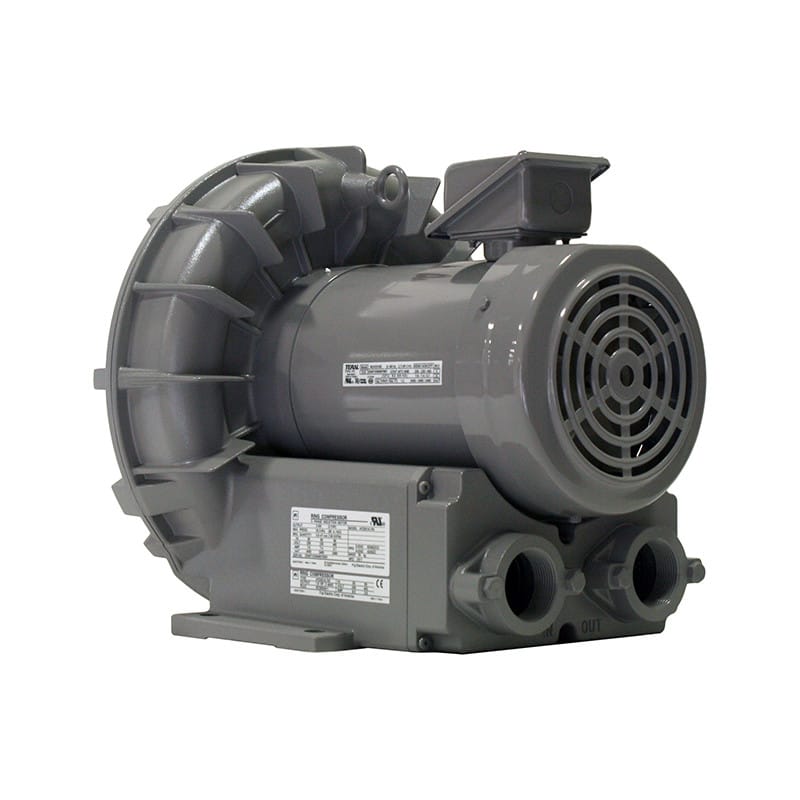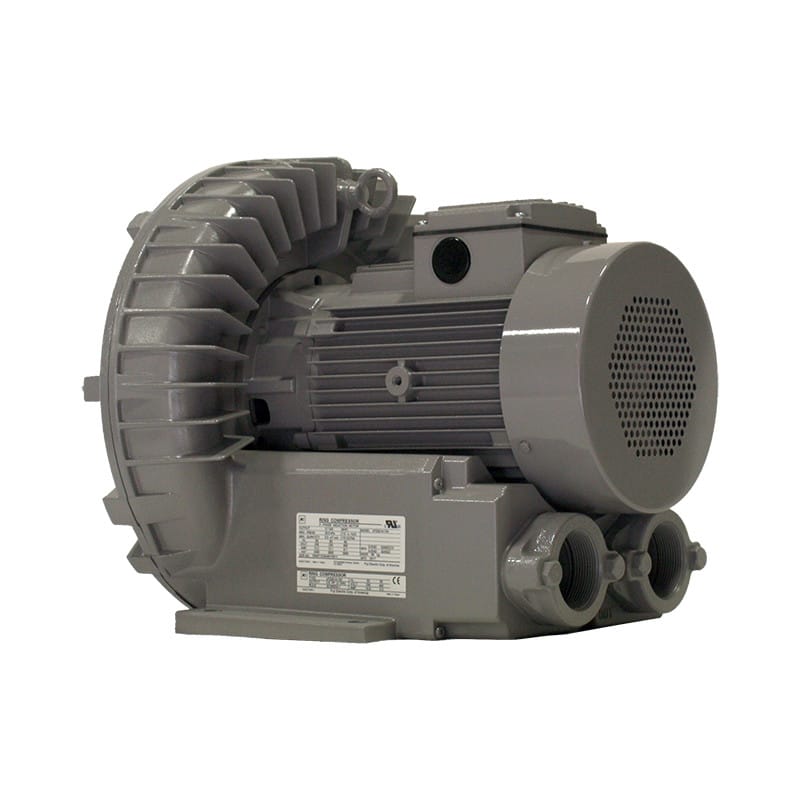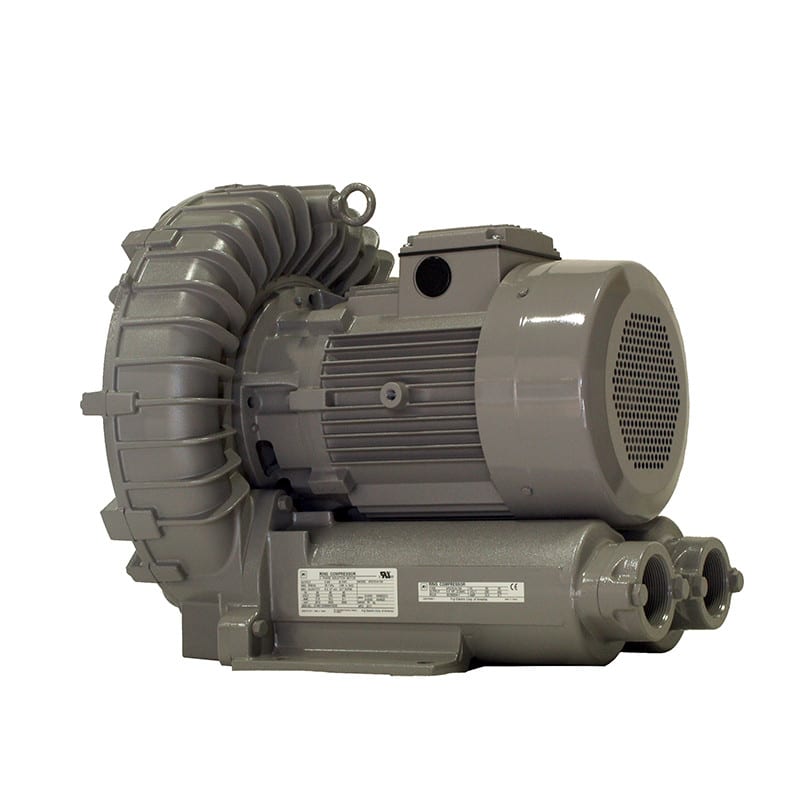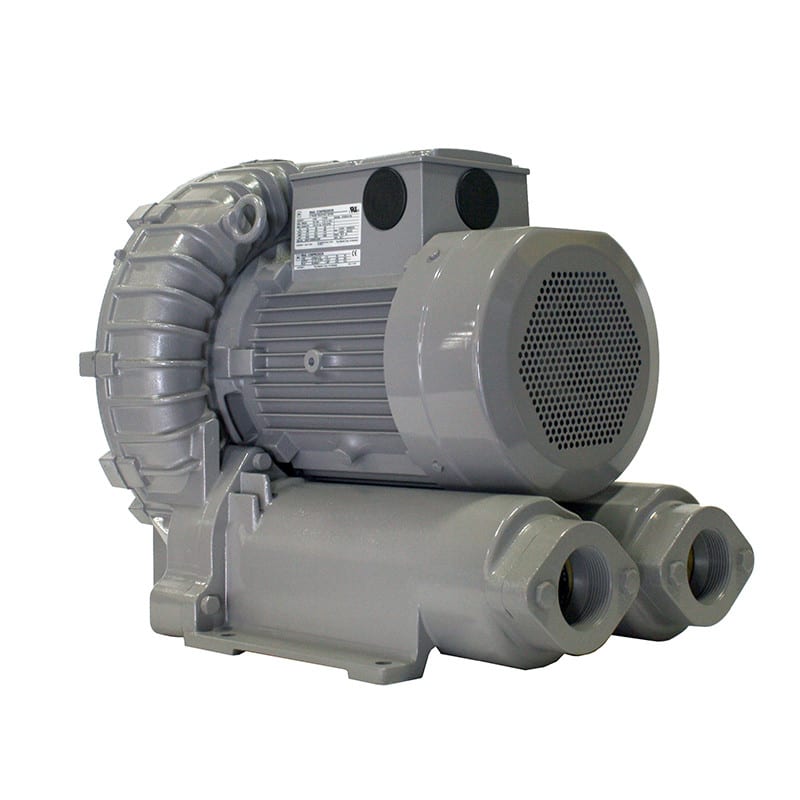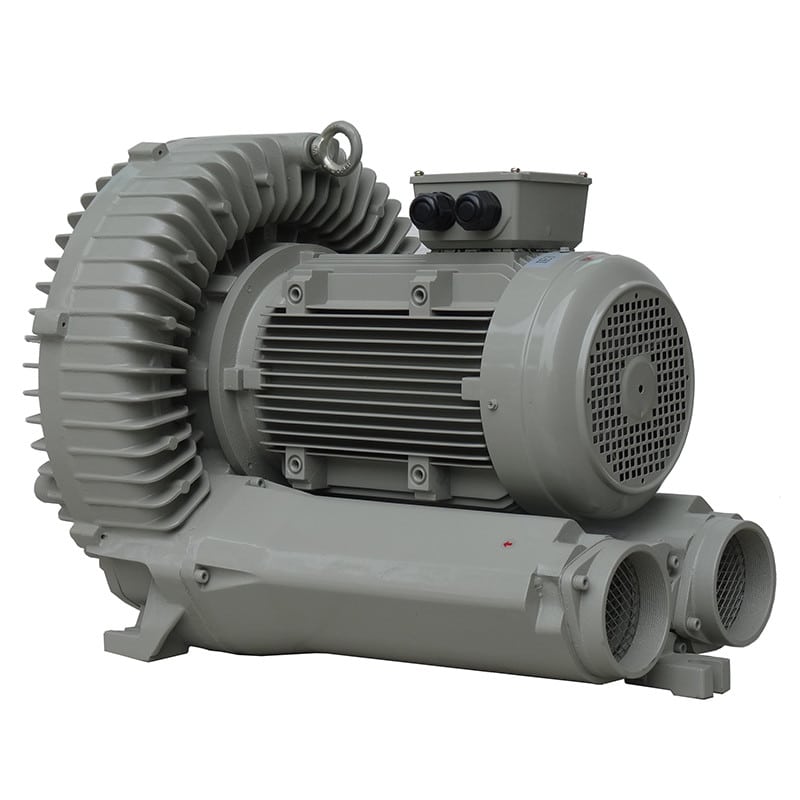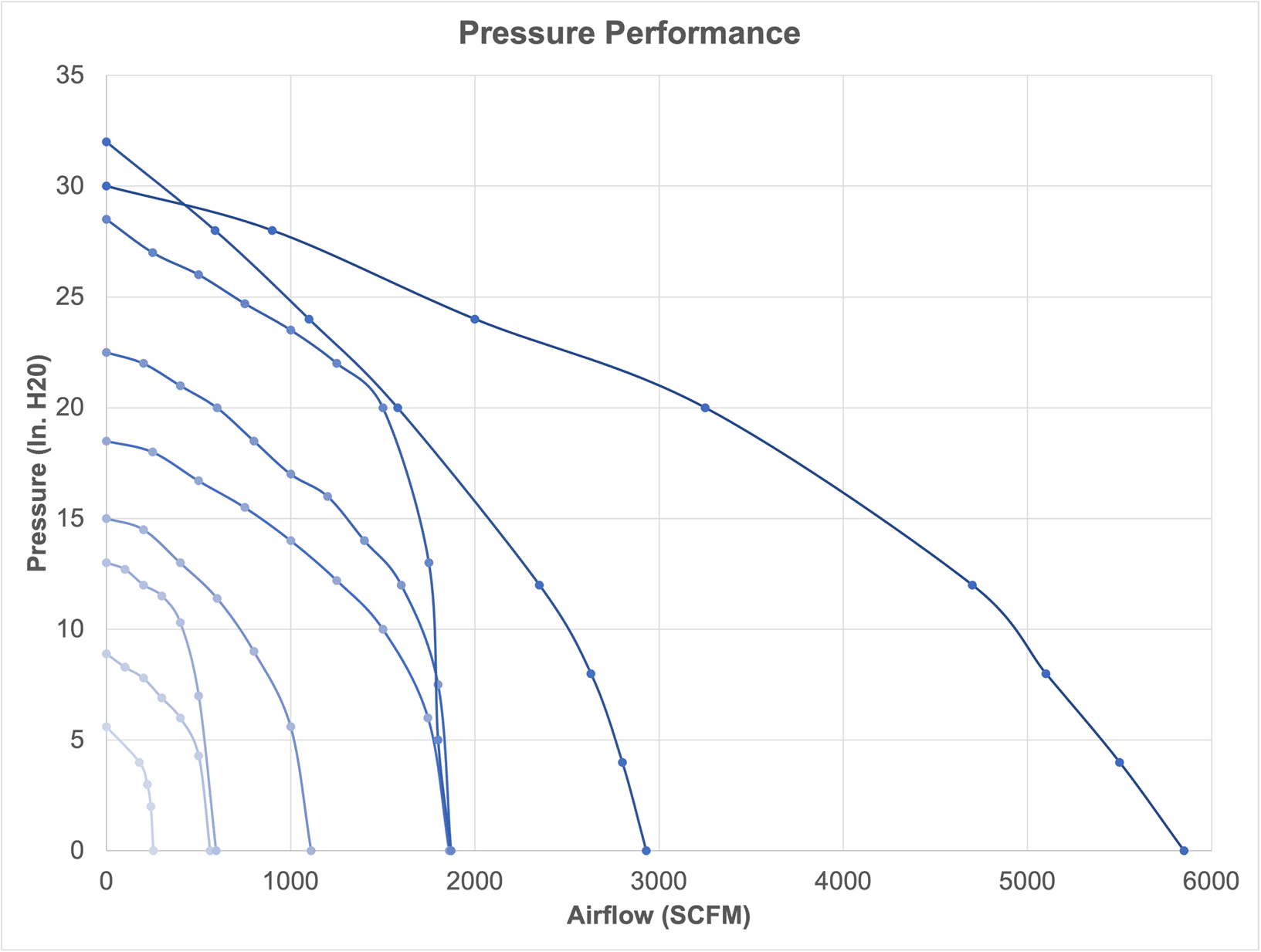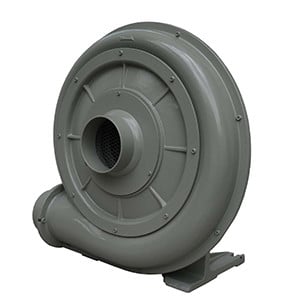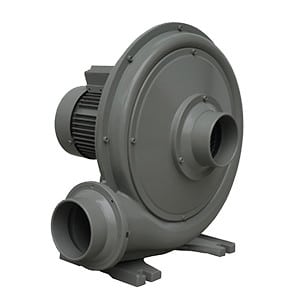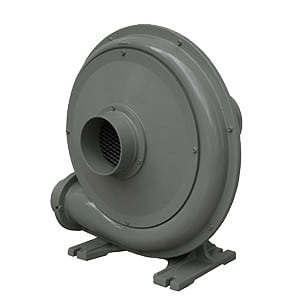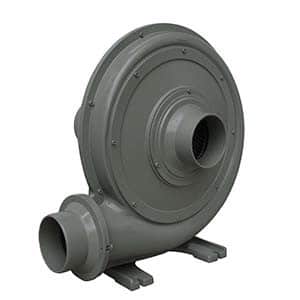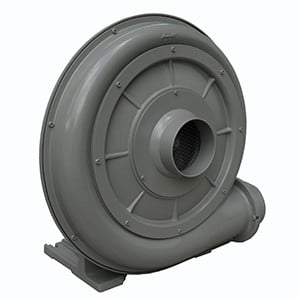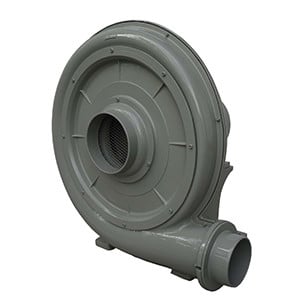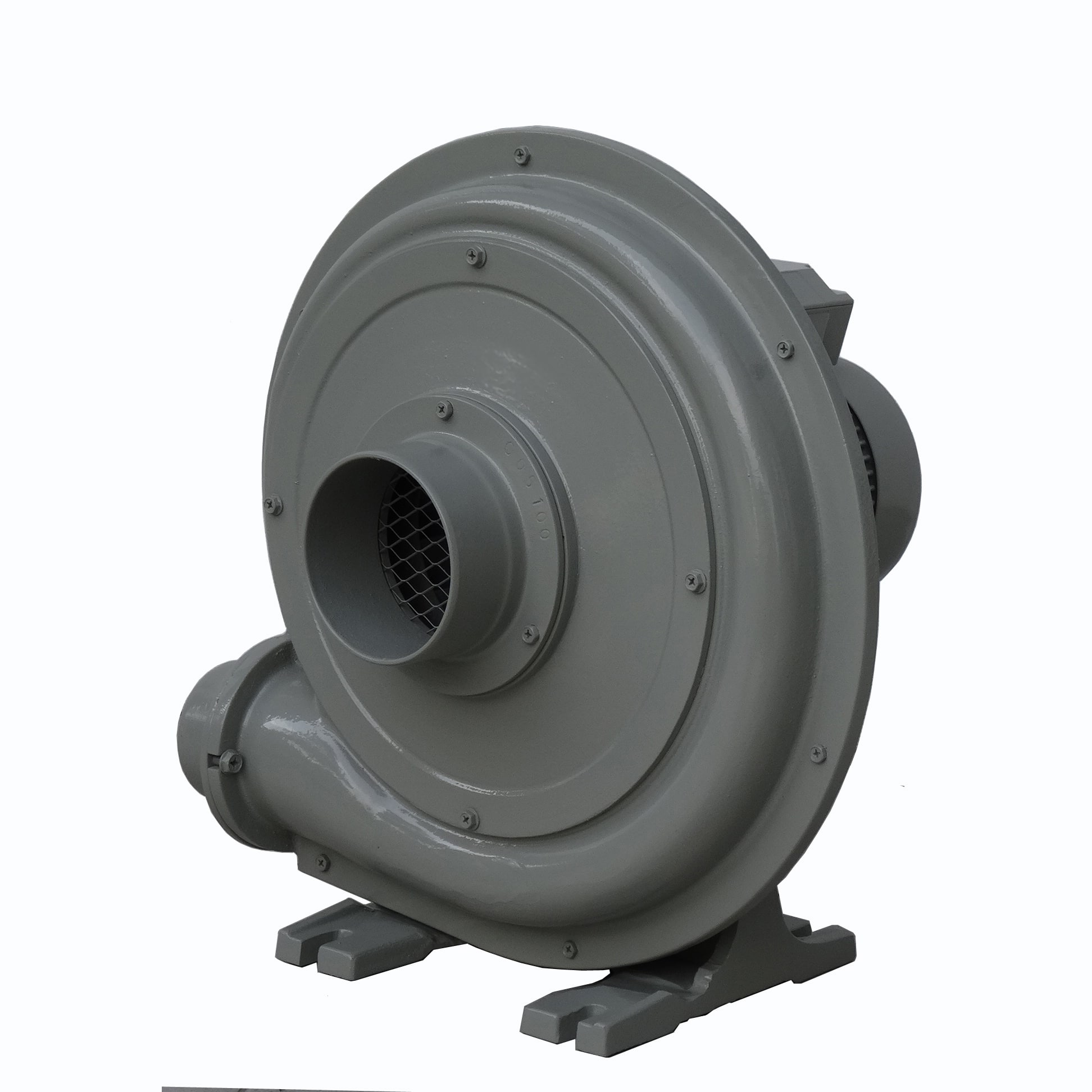N+1, 2N, and 2(N+1) redundancy are configurations used to improve the reliability and availability of systems, particularly in critical power and infrastructure applications like data centers, hospitals, and industrial operations. Here’s an explanation of each: 
- N+1 Redundancy
- Definition:
- The system has N units to handle the full load, plus 1 additional (spare) unit for redundancy.
- If one component fails, the spare unit takes over, ensuring uninterrupted operation.
- Example:
- A UPS system with a load requirement of 100 kW has two 100 kW UPS units (1 active + 1 spare).
- If one UPS fails, the remaining UPS can still handle the load.
- Benefits:
- Cost-effective redundancy for small-to-medium reliability needs.
- Handles single points of failure effectively.
- Limitations:
- If multiple failures occur simultaneously, the system may fail.
- Applications:
- Small data centers, critical HVAC systems, or backup power for single facilities.
- 2N Redundancy
- Definition:
- The system has two completely independent sets of N components, each capable of handling the full load.
- One system operates while the other remains on standby or operates in parallel.
- Example:
- For a 200 kW load, there are two independent systems, each with a 200 kW capacity.
- If one system fails, the other system can handle the entire load without interruption.
- Benefits:
- Provides 100% redundancy, ensuring high reliability.
- Protects against multiple points of failure and maintenance downtime.
- Limitations:
- More expensive due to the duplication of infrastructure.
- Requires more physical space and energy to operate and maintain.
- Applications:
- Large data centers, hospitals, and critical facilities with zero tolerance for downtime.
- 2(N+1) Redundancy
- Definition:
- Combines the features of 2N and N+1 redundancy by having two independent systems, each with N+1 components.
- This setup offers additional resilience by ensuring each independent system has a spare unit.
- Example:
- For a 200 kW load:
- Two independent systems are installed.
- Each system has 200 kW capacity plus one spare unit (e.g., 3×100 kW UPS units in each system).
- Benefits:
- The highest level of redundancy, capable of handling multiple simultaneous failures.
- Maintenance or repairs can occur without impacting system availability.
- Limitations:
- Significantly higher cost due to over-provisioning.
- Requires more physical space and infrastructure resources.
- Applications:
- Mission-critical operations like banking systems, telecom networks, or large-scale cloud data centers where downtime is unacceptable.
Comparison Table
| Redundancy Type | Configuration | System Capacity | Resilience | Cost | Common Uses |
| N+1 | N + 1 spare | Full load + 1 spare | Handles a single failure | Moderate | Small/medium data centers, HVAC |
| 2N | 2 independent N systems | Full load in each system | Handles multiple failures | High | Large data centers, hospitals |
| 2(N+1) | 2 independent N+1 systems | Full load + 1 spare in each | Highest redundancy for critical loads | Very High | Mission-critical facilities |
How to Choose the Right Redundancy?
- N+1: Cost-effective for smaller setups where downtime risk is low.
- 2N: Ideal for facilities requiring very high uptime and can justify the cost.
- 2(N+1): The ultimate choice for mission-critical systems where multiple failures or maintenance should not impact operations.
By balancing cost, risk tolerance, and operational needs, you can select the redundancy configuration that best suits your application.




